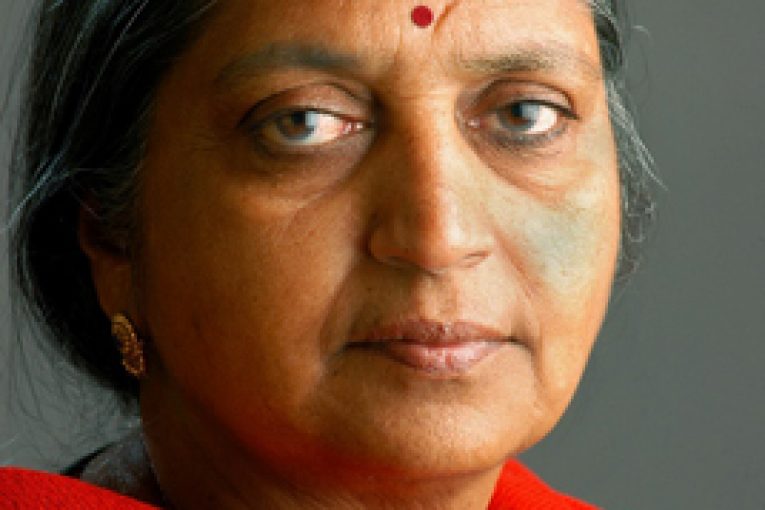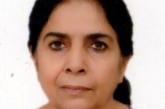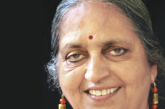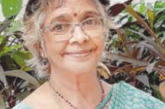
Twenty five years ago IWPC was created as a second home for women journalists— a space of their own— where they could let down their hair; indulge in home cooked food and meet newsmakers for discussions. Though most of the founder members were established journalists, there were a large number of women on the desk and in language newspapers who did not get the opportunity to venture out and experience life as journalists.
Though the Press Club was always open to us, it was a rumbustious place with liquor flowing and loud men. The shy, younger journalists, we felt, needed a quieter space of their own with opportunities to meet parliamentarians, social activists and others from the world of art and literature. We also wanted to be different from the Press Club by taking up women’s issues and doing our own in depth investigative reports that could be released to the media. Unfortunately, that wonderful idea that would have given IWPC a special status for its investigative reports on women etc ended after just a few reports came out. Maybe on its silver jubilee year, the idea could be revived. We could look at the Me Too movement in India and its fallout. How effective was it?
In 1994 we decided to make IWPC a spirited but booze-less club. We did not have the means to get a liquor license and also wanted to be different from other clubs! In any case there was the Press Club round the corner for those who liked their glass of cheer!
There was also some opposition from a handful of women journalists who questioned the need for a club just for women journalists. “What is this segregation into male and female journalists,” they questioned and did not become members.
Those early days are memorable. We brought durees and cushions from home, squatted on the floor and discussed giving shape and substance to our second home. We went hunting for unwanted table, chairs, furniture and books and newspapers for our library. Unlike today—it was a happy band of women not riven by politics and ideologies. Everyone was pushing the other to assume leadership but all contributed to the growth of the club. And slowly it grew. Old furniture gleaned with a new upholstered look as the more artistic among us took charge of renovation. Computers too came in and it eased filing of stories with coffee, tea, lunches and snacks on command. The excellent cuisine and the winter lunches on the greening lawns under colourful umbrellas were a hit. Diwali, Christmas and New Year were special occasions! Women set up their own stalls and donated the income to the club. I remember setting up a dosa stall and my mother rolled out the first crisp dosas. A variety of glass bangles and trinkets for milady were a big draw.
It is with nostalgia one recalls Sushma Swaraj and Najma Heptullah being chief guests at these melas. Both were extremely supportive of the Club and women journalists. After Najma Heptullah moved out of the Capital on her gubernatorial assignments, we seem to have lost touch with her.
We had our battles in our respective newspapers. As one of the first woman journalists to get into mainstream media and reporting in the early sixties, I had difficulty initially proving to my editors that I was a serious professional, determined to stay on and make my mark in the Times of India. One of my editors, Mr Girilal Jain, even said to me “a newspaper is no place for women”. Subsequently one of his own daughters got into the media and he changed his views. The political beat and important Ministries like foreign office, economic, defence were with men. The only woman journalist in the newspaper for eight years, I found myself pushed into reporting on health, education, environment, women’s issues and rural development and began to specialize on social issues. I became the pioneer ‘development’ journalist.
There were no separate toilets for women journalists initially and I had to fight for maternity leave as my right. By the seventies there were many more women in journalism, both in reporting and on the desk. Some of the brightest rose to become resident editors, economic journalists and foreign correspondents winning laurels for their reportage. As the band of women journalists grew, many remained single so that they could give their all to the tough career. Holding that slender balance between home and work is not easy which is probably why the sizable number of women seen initially at the reporting and editing stage dwindle on the way up the professional ladder.
Women working for English media houses have done better than their sisters in language newspapers where there is still a male bias. They are paid less and many of them were taken on short contracts. It is still an unequal world for them. However, male chauvinism is on the decline and there is greater acceptance of women journalists and their competence. Women have spread into reporting on sports, culture, art, business and the stock market. In fact on television news, women dominate.




